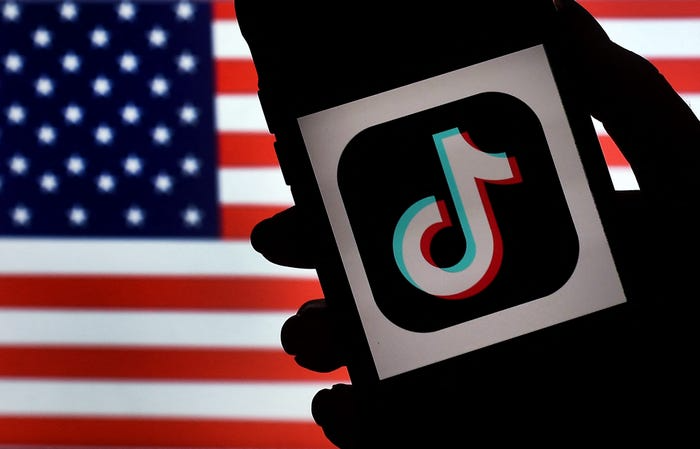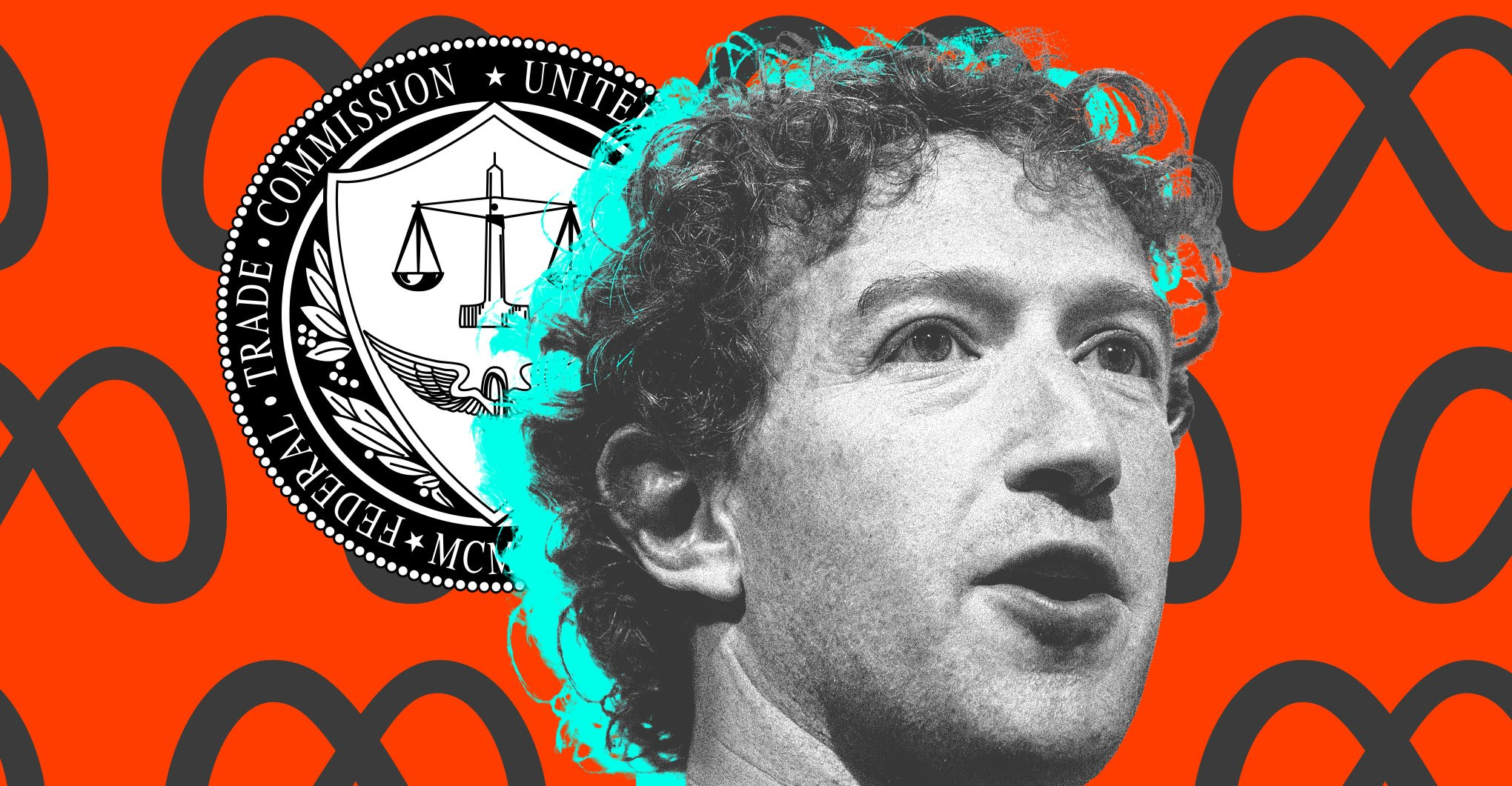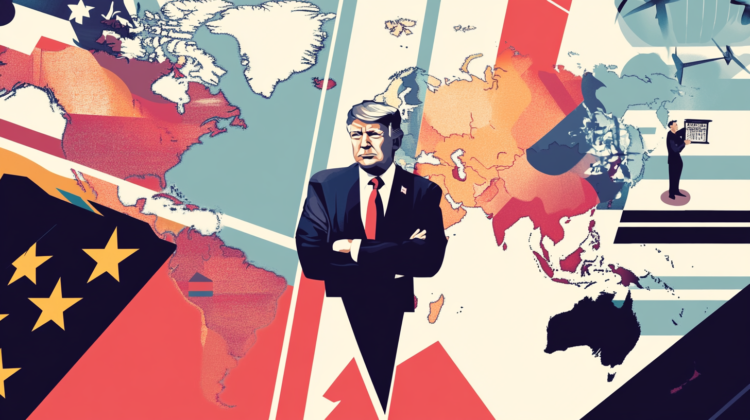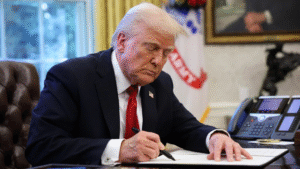TikTok and X Are Reshaping Political Discourse in Real Time
Gone are the days when political debates played out on cable news or op-ed pages alone. In 2025, platforms like TikTok and X (formerly Twitter) have become the new battlegrounds for public opinion — broadcasting ideas, outrage, and disinformation in real time to millions of users.
From presidential campaigns to global conflicts, these platforms don’t just reflect the conversation — they shape it. And increasingly, they’re defining what political discourse even looks like.
TikTok: The Rise of Political Micro-Influencers
Once known for lip-syncs and dance trends, TikTok is now a major player in political communication. With over 1 billion monthly users and a massive Gen Z audience, the platform is shaping how young people engage with social issues and elections.
Key features of TikTok’s political influence:
- Byte-sized activism: Short, emotionally charged videos that go viral in hours
- Decentralized voices: Micro-influencers, not politicians, often drive the discourse
- Algorithmic reach: Political content can bypass traditional gatekeepers and reach millions
In the 2024 U.S. primaries, TikTok creators drew more engagement than mainstream news outlets on topics like abortion rights, student debt, and climate change. Political messaging is now a meme — and that meme can win votes.
X (Twitter): Real-Time Politics, Reimagined
Even with declining trust and platform changes under Elon Musk, X remains the go-to space for real-time political reactions. From world leaders to protest organizers, X is where news breaks, narratives form, and global events unfold moment by moment.
Recent examples include:
- Ukraine-Russia War: Real-time battlefield updates and propaganda side-by-side
- U.S. Election 2024: Instant candidate reactions, fact-checking, and digital mudslinging
- Middle East protests: Hashtag-driven solidarity and coordination across borders
However, changes to content moderation and verification systems have raised concerns about the platform’s role in spreading disinformation — especially during crises.
The Speed of Influence: Viral Politics in Action
Both platforms thrive on speed, emotion, and virality. That combination is powerful — but volatile. Politicians, activists, and trolls all use these tools to gain visibility, sway narratives, or overwhelm opposition.
This has led to a new political environment where:
- Controversy = currency: Outrage gets more views than nuance
- Information overload: Voters struggle to separate fact from opinion
- Direct-to-audience leadership: Politicians bypass media filters entirely
As a result, social media is now both a megaphone and a minefield — especially during elections and high-tension global moments.
Regulation, Responsibility, and What Comes Next
Governments are increasingly pressuring platforms to do more — or face restrictions. The EU’s Digital Services Act now requires platforms to disclose algorithmic decisions and act swiftly on illegal content. In the U.S., regulation remains fragmented, but calls for transparency and content accountability are growing louder.
Meanwhile, both TikTok and X are testing new tools:
- Labels for state-affiliated media and political content
- Fact-checking partnerships with third-party organizations
- Community Notes (X): Crowdsourced context on misleading posts
Still, critics argue these changes aren’t enough — especially when algorithms continue to reward outrage over accuracy.
Conclusion
Whether you view them as tools for empowerment or engines of chaos, TikTok and X are undeniably reshaping political discourse in real time. They’ve democratized voices, collapsed gatekeepers, and made public opinion more visible — and volatile — than ever before.
As we navigate a world where a 15-second video or a single tweet can sway elections or spark protests, one thing is clear: politics has gone viral, and there\’s no going back.





Post Comment